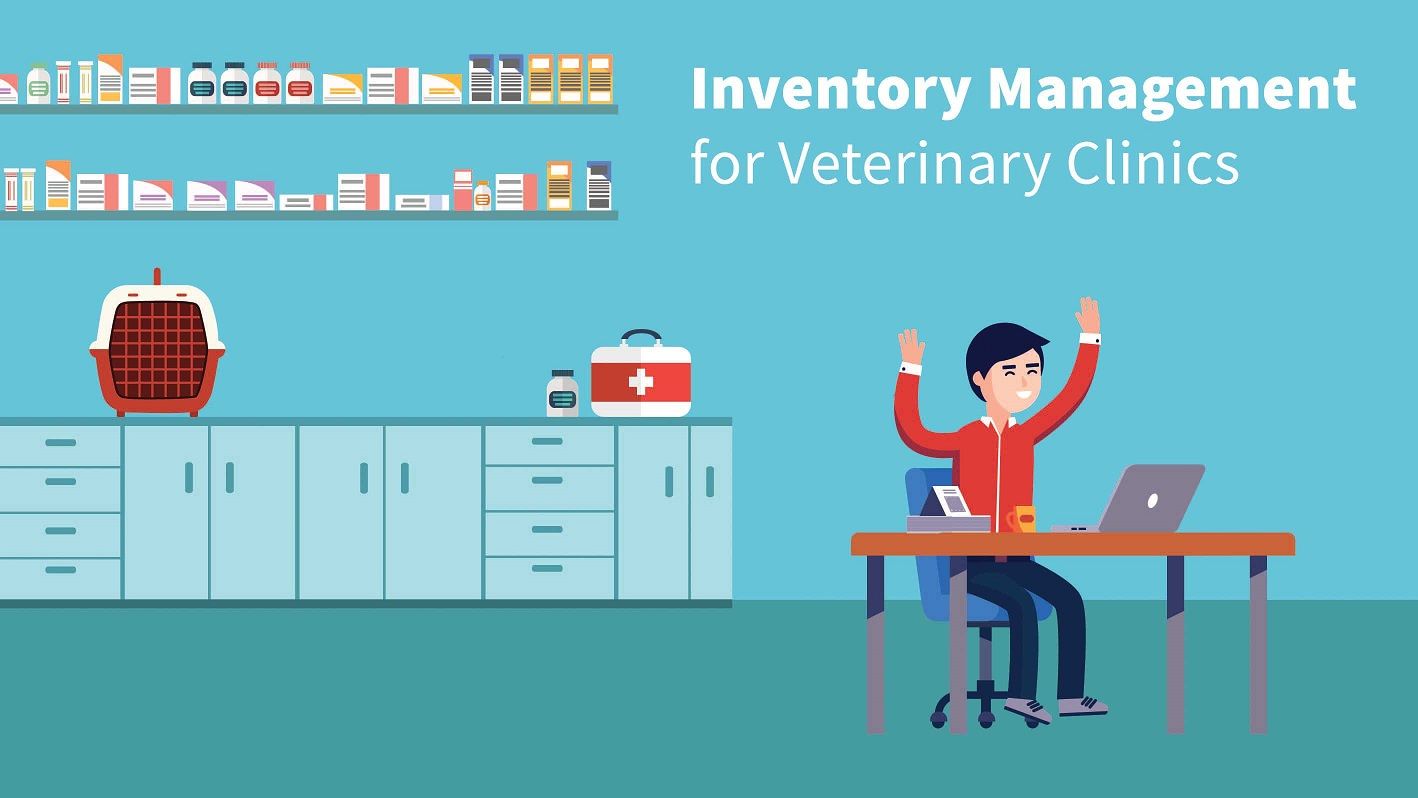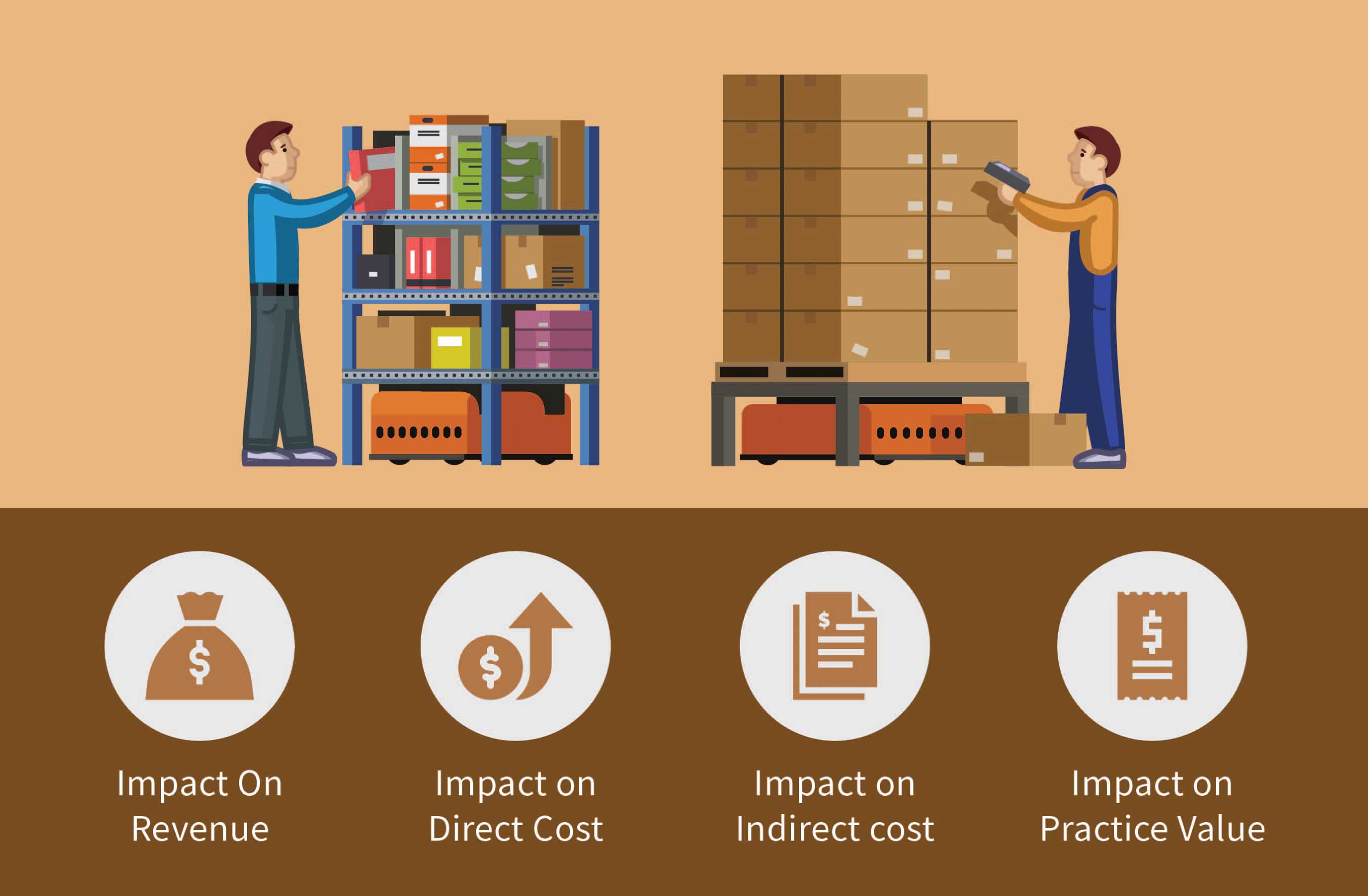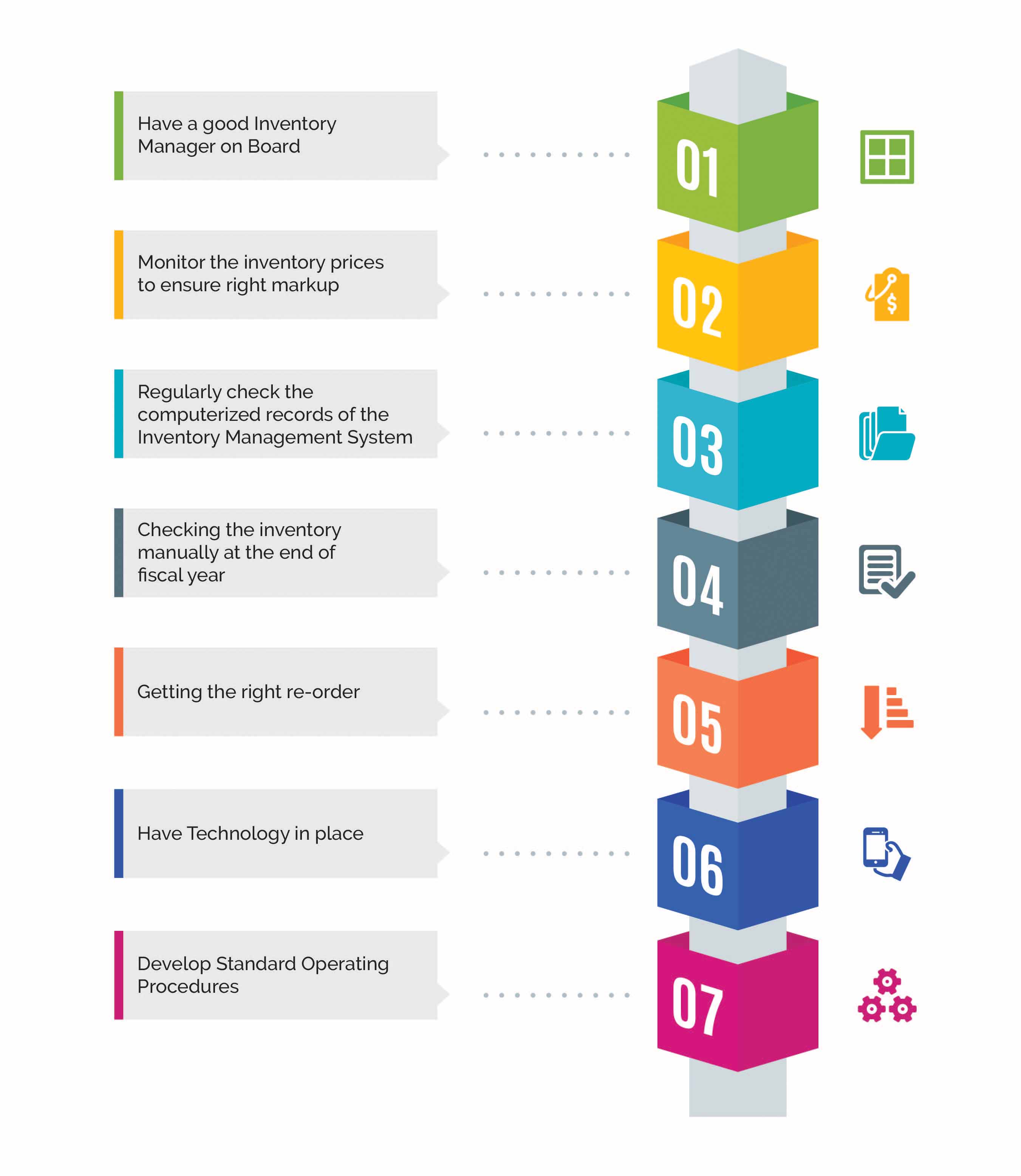
Veterinary Inventory Management
Inventory is one of the most expensive assets and if not managed properly, business is set to lose.
In a typical veterinary clinic or hospital, inventory will comprise of drugs, ointments, consumable clinic supplies, pet foods, OTC products like shampoo, collars, etc.
Why should you pay attention to Inventory Management

1). Lack of inventory has cost opportunity
Inventory sales constitute more than 20% of the overall revenue generated by the clinic or hospital. If the items are often out of stock at your clinic, there are good chances that your clients will start looking for an alternative. Lack of inventory leads to miss sales and thus impacts your revenue.
2). Large inventory blocks working capital
Inventory is one of the major components of working capital. Keeping other things constant, a large inventory requires high working capital, meaning more capital is blocked and not being put in operational use. Since veterinary practices invest 15% of the capital in the form of inventories, if inventory levels are higher, it has a negatice impact on the bottom line.
3). A large inventory means higher maintainence cost
Inventory is an indirect cost burden also. Expired medicines is a loss. To prevent this, you need a higher marketing budget. You need a large space to store a large inventory. There are costs involved to prevent pilferage like installing CCTV or insurance costs. A higher inventory means higher maintainence cost for practices.
4). Impact on Practice Valuation
In case a customer switches to other clinic due to unavailability of inventory, there is a decent chance that he is not going to come back forever. This will have a far fetched impact in the sense that overall value from the customer will decrease and will have an impact on the brand perception of the clinic or hospital.
Veterinary Inventory Management Activities
Having understood the importance, it is also important to know the activities that a practice or veterinary hospital needs to do to manage their inventory. This gives clinic owenrs clarity so that a focused effort can be made in this area:
- Managing optimum stock levels of inventory items.
- Priority ordering based on the different parameters like the turnover rate of items, the dollar value of the item etc
- Defining and fine-tuning the re-order quantity based on forecasted demand and historic usage.
- Handling of the expired items on time to avoid expiry related costs.
Getting better at Inventory Management for Veterinary Clinics

Now that you have an idea about the significance of managing you inventory properly, and also various activities that comes under inventory management, let's discuss how to effectively do it at your veterinary practice.
1). Hire & onboard an inventory manager
Depending on the practice size, it is imperative to have a good inventory manager. Considering the financial implications of inventory management, it is worth investing on a dedicated inventory manager who (or his/her team) will take care of all strategies and execution of inventory management. It is to be understood that the inventory manager will work in close conjunction with the practice manager.
2). Monitor the inventory prices to ensure right markup
With prices being dependent on several factors, which might change, daily, it is important to keep a track of inventory prices while ordering. This would help practices to keep the markup at the right value to ensure that the eventual business does not result in a loss.
3). Regularly check the records in your veterinary software
With technological solutions in place, it is easy to fetch the inventory levels in your veterinary practice management software. Since VETport (that's us) is a cloud based system, you can check it anywhere from any device . It is recommended that one does a monthly checking of these records to get an idea about the Minimum and Maximum levels reached which will serve as great inputs for the re-order quantity next time a particular item goes out of stock.
4). Checking the inventory manually at the end of fiscal year
It is recommended that clinics and hospitals do a manual check of the inventory at the end of fiscal year. It serves multiple purposes like
- It helps them to put a more accurate value of the inventory on books
- It helps the practice to know the pilferage, expiry or other operational impacts on inventory
- It helps the inventory manager to know the minimum and maximum value over a long horizon, which can help them to do a better long term plan.
5). Getting the right re-order
Inventory replenishment is a challenging task for a practice since either the re-order quantity goes haywire or the order gets delayed. It is important for inventory and practice managers to analyse the historical data well and forecast the demand accurately to ensure right re-order quantity and also consider the lead time for the order to fulfill. Else, even though the quantity is right, it might get filled up late and have adverse impacts.
6). Have technologies in place
Having barcode scanners, inventory management systems etc. can prove to be lifesaver in this tight situation. Research says that it remains one of the most un-utilized modules in the veterinary computer programs even though the benefits are immense. It helps one to have a constant control over inventory, generate order (and re- order) lists, reduces in-accuracies to name a few benefits.
7). Develop Standard Operating Procedures
Inventory will have constant interaction with the veterinarians and the staff. In the absence of standard operating procedures, managing inventory will become a nightmare. It is advised that the inventory manager created standard operating procedures to handle the inventory, which is followed by the whole practice.
In conclusion, the importance of Inventory management is well understood, still inventory management is one of the most under practiced task in a clinic. If a Veterinarian cannot engage in all the above-mentioned points, it is suggested to start with some of the basic points and move on gradually. With Inventory management having such high impact on the financials, not managing it will have a huge dent on the books.

